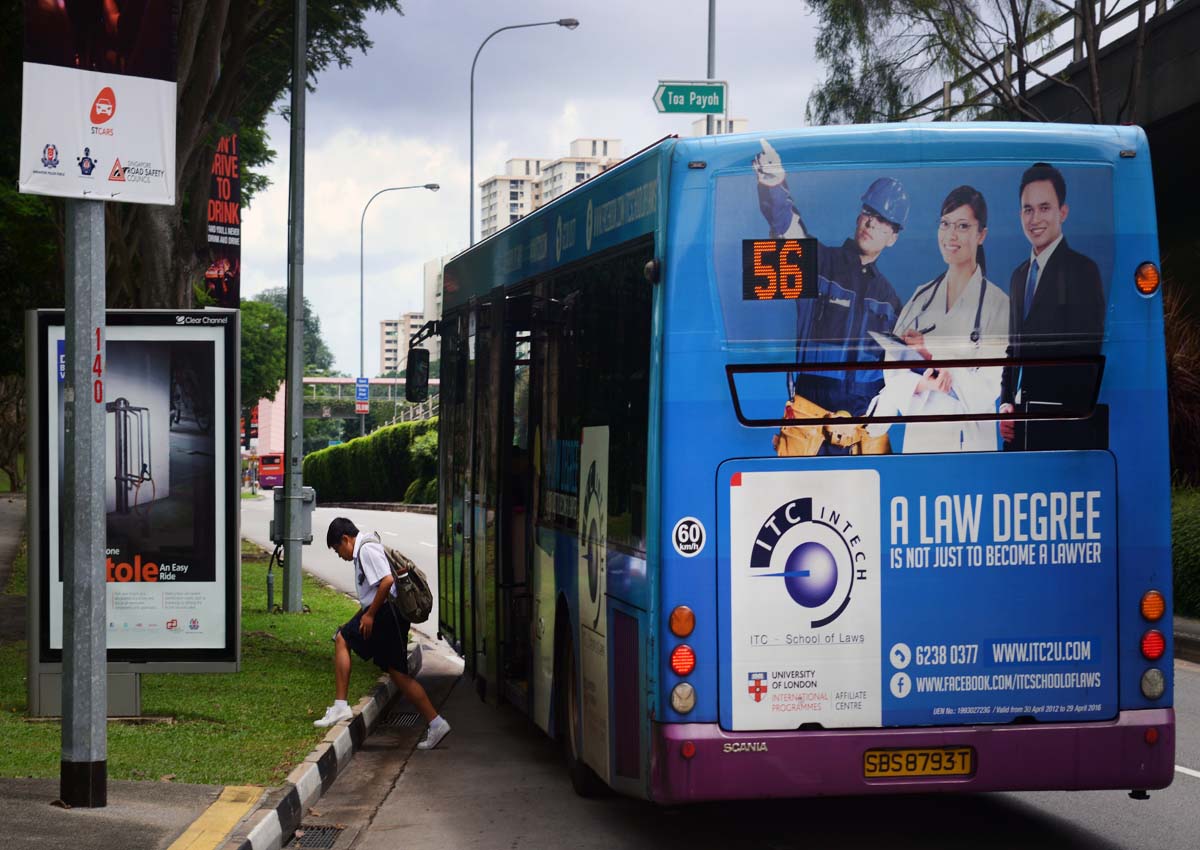Even without the haze shrouding Singapore, commuters waiting for a bus could still be polluting their lungs.
The tiny particles from vehicle emissions are smaller – and more toxic – than the PM2.5 pollutants dominant during periods of haze, a new study has shown.
“Waiting at the bus stop for only 10 minutes each time may seem innocuous. But these short exposures all add up,” said researcher Erik Velasco who helmed the study.
“A commuter who takes a two-way trip by bus to work for five days per week is actually exposed to these participles for nearly seven hours per month and over three full days per year. This exposure can affect people with existing pulmonary and cardiovascular diseases, among others.”
PM2.5 are pollutant particles measuring less than 2.5 microns in diameter – about one-30th the diameter of a strand of human hair.
They are hazardous because they are small enough to be breathed into the lungs and absorbed into the bloodstream.
Dr Velasco, a research scientist from the Singapore-MIT Alliance for Research and Technology, has found that the particles commuters breathe in while waiting at a bus stop are even smaller – by about 100 times.
At a media briefing yesterday, he said a commuter who makes a two-way bus journey five days a week could be inhaling about 3.5 times more tiny pollutant particles than at an ambient level, which researchers measured at Fort Canning Park.
The findings were significant considering that travel on buses made up almost half the 7.7 million public transport trips every day in 2014, said Dr Velasco, citing Land Transport Authority data.
Steve Yang, specialist in respiratory medicine and consultant at the Raffles Internal Medicine Centre in Raffles Hospital, said the human body has no efficient way to remove particles smaller than 2.5 microns in diameter.
People should not stand near idling buses, he added.
audreyt@sph.com.sg

Get MyPaper for more stories.






